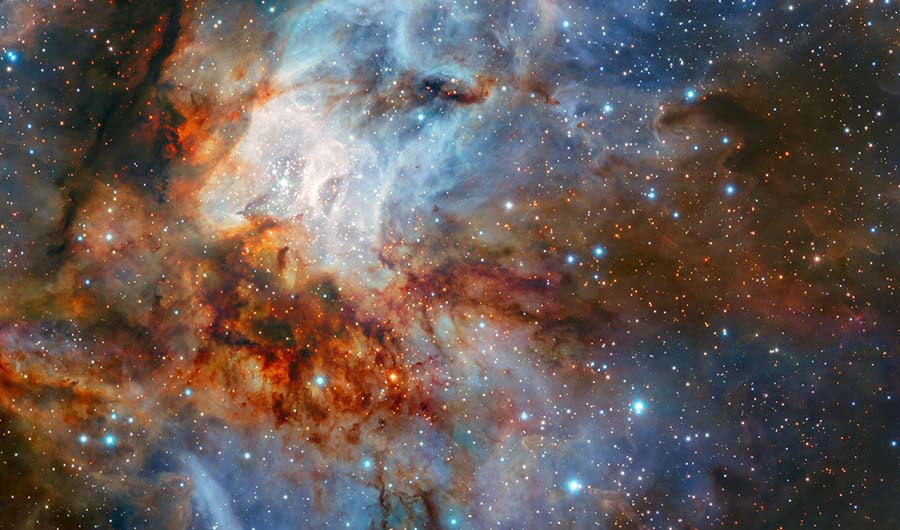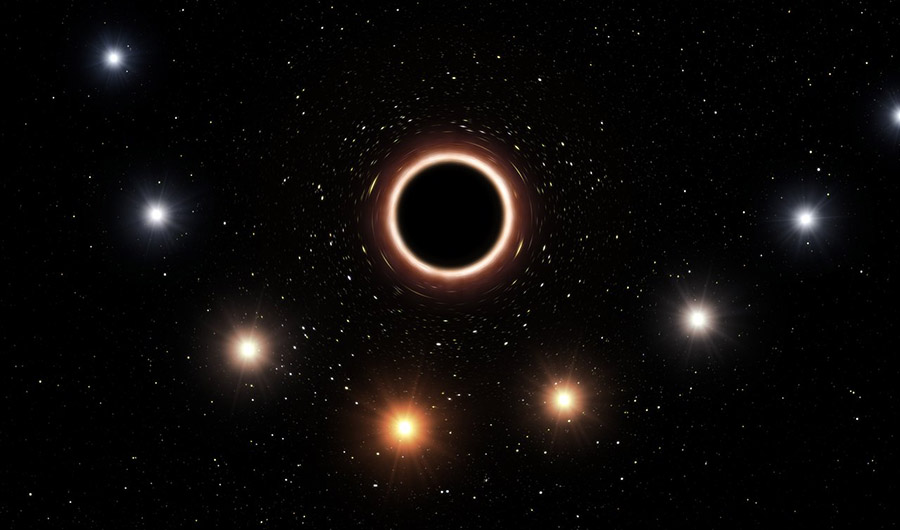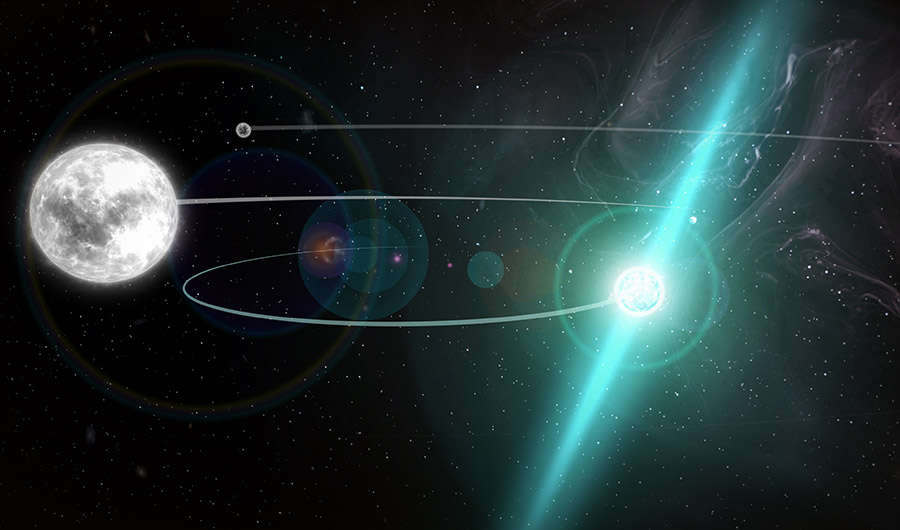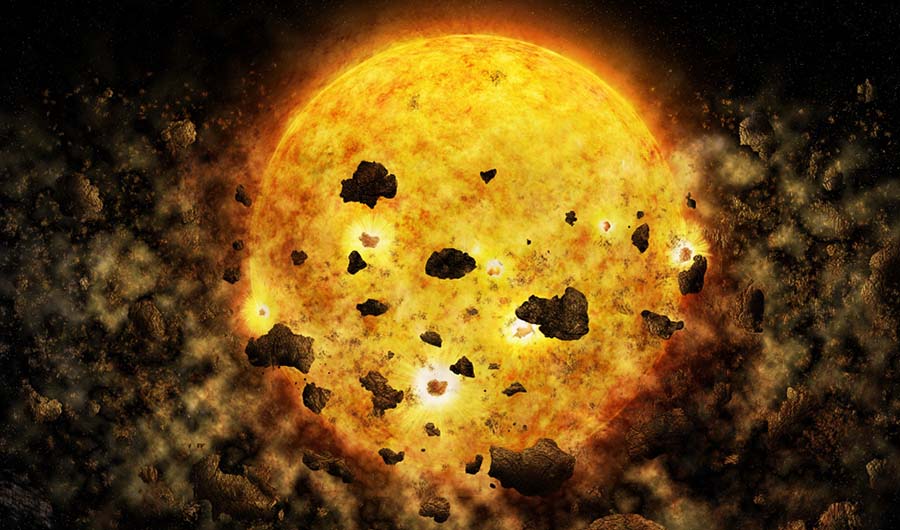July's Stunning Space Pictures
Enjoy the drama of supermassive black holes, colliding planets and glittering “starscapes.”
Image
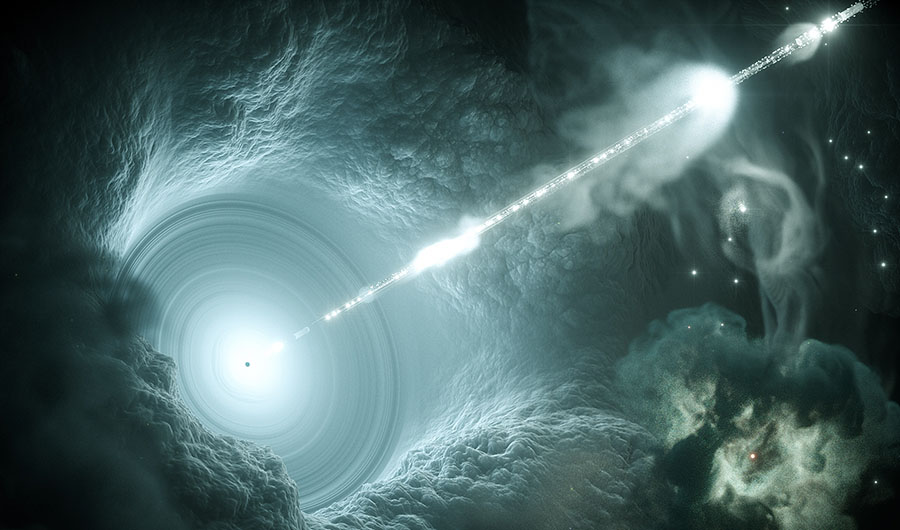
An artist's impression of an active galactic nucleus -- the source of neutrino mysterious particles that scientists have located for the first time.
Media credits
(Inside Science) -- This month, astronomers released a diversity of images that showcase the grandness of astronomical discoveries. By translating data into pictures, they illustrate the results of new large-scale tests of Einstein's theory of general relativity, herald years of telescope observations, and reveal the answers to distant mysteries.
Filed under


